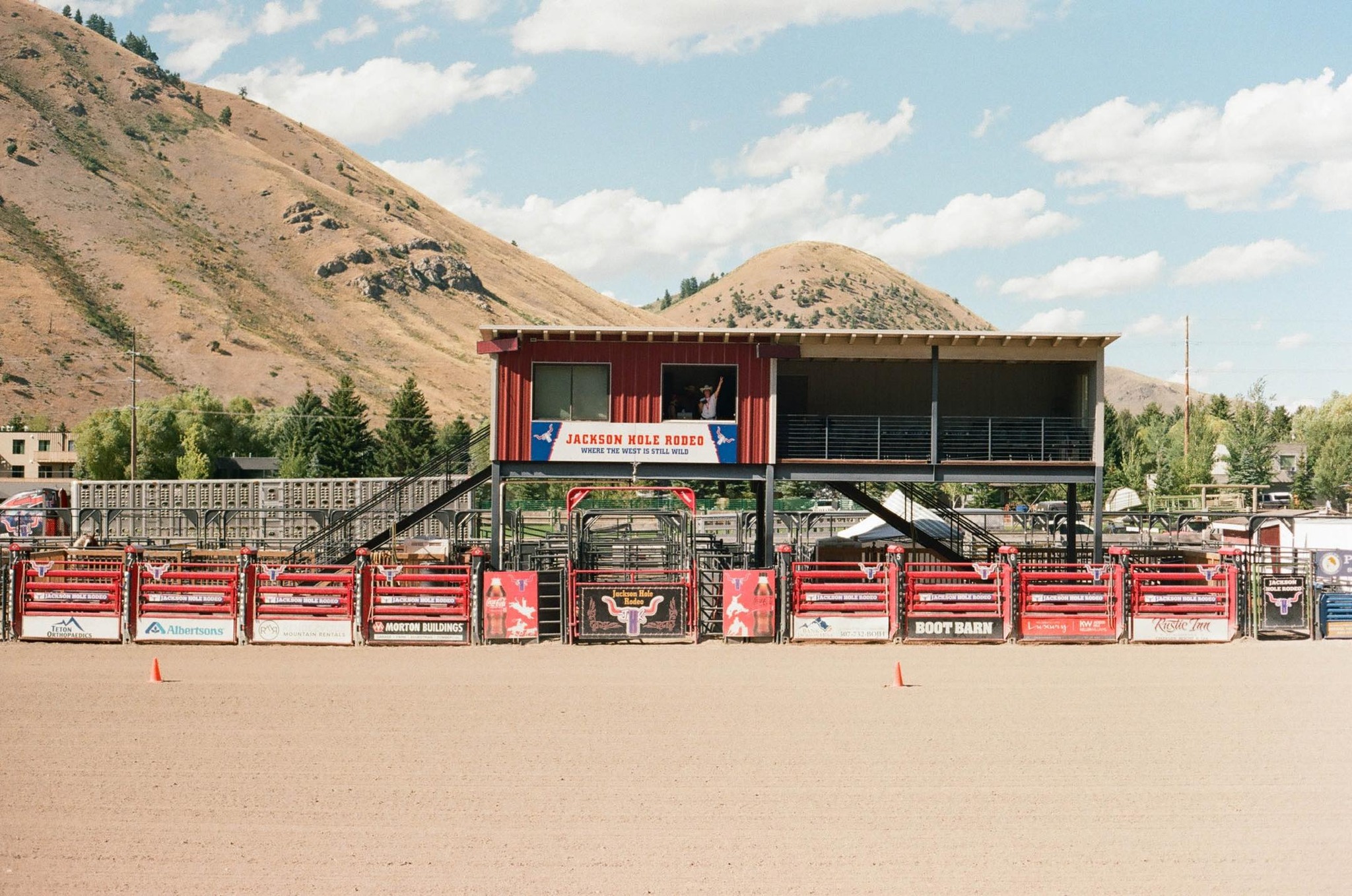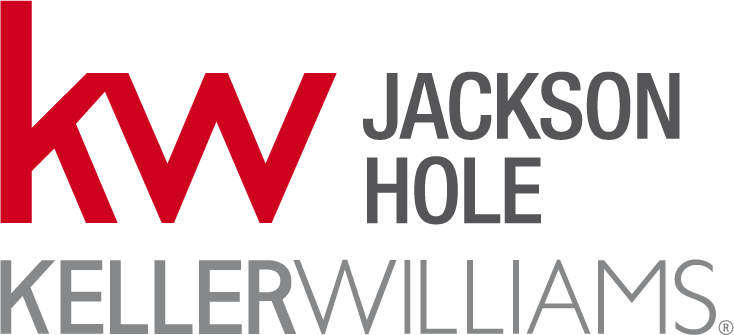Jackson Hole and Teton Valley offer a unique setting that continues to attract those looking to buy or build in the mountains. Whether it’s the breathtaking views, unmatched access to outdoor adventure, or the desire to settle in a truly iconic place, it’s easy to understand why so many are drawn here. However, the region’s incredible opportunities come with equally distinctive challenges—from limited buildable land and environmental protections to complex zoning and development regulations.
That’s why having the right guidance is essential. Building or buying here isn’t just about finding the perfect plot—it’s about navigating a distinct landscape. Relying on experienced professionals like your real estate agent can make all the difference. With the right team, the process becomes not only manageable but also highly rewarding, turning your dream of owning property in the Tetons into a reality.
Purchasing Property
Whether you’re eyeing vacant land or a property that has already been developed, your real estate search should begin with finding a real estate agent who understands the local market and can help you navigate your options. As Tyler Davis, founder of Keller Williams Jackson Hole, states, “Jackson is unique, so you want to work with the people who know it best.”
As you explore potential properties, it’s important to consider factors that will impact the construction of your home. In Teton County, Wyoming, less than 3% of the land can be developed. Most of the land is public, primarily within Bridger-Teton National Forest, Grand Teton National Park, and other protected areas like Yellowstone National Park. The remaining private land is subject to various constraints like zoning, conservation easements, and natural terrain limitations. Tyler Davis recommends talking to your agent, the county, and other resources about Land Development Regulations (LDRs) and the Natural Resource Overlay (NRO) to recognize the buildable areas of a lot. Understanding the NRO and its implications will give you a clearer picture of what’s feasible for the land you are considering, and you can ask your agent about fire and game corridors, wildlife habitats, and environmental regulations that may influence your build.
Finally, before committing to a land purchase, it’s critical to understand the costs and nuances of building in the valley to make the most informed decision. Due to scarcity of developable land and building resources, construction costs can be higher than other markets. At Serenity, Inc., project costs typically range from $850 to $2,200 per square foot, and A43 Architecture advises clients to expect an average of around $1,000 per square foot for new construction. These price ranges are influenced by factors such as high-quality finishes, the complexity of the design, and the geographical and logistical limitations of building in the valley.
Designing Your Dream Home
Arguably, the most fun part of the process is designing your dream home. Chris Jaubert, Principal of A43 Architecture, suggests bringing on an architecture team early to ensure you are able to build exactly what you’ve hoped for. Your architect will assist in navigating the different design choices and regulations affecting your build to help you get the most out of your property while supporting your vision.
During the initial design sketch for your new home, the architects will consider several factors while creating the plans. These include:
- Land Development Regulations: Land Development Regulations (LDRs) govern how land can be developed, ensuring that construction aligns with the community’s comprehensive plan and addresses concerns related to health, safety, and welfare. Teton County’s LDRs outline specific standards for each zoning district, dictating how individual lots can be developed.
- Natural Resource Overlay: Teton County has recently introduced an updated 3-Tier Natural Resource Overlay (NRO). The NRO is designed to protect the natural environment by minimizing disruptions caused by construction. It includes measures to ensure that development doesn’t negatively impact water quality, wildlife habitats, or other sensitive resources. For more information on the NRO, you can visit the county’s website, contact an agent at Keller Williams, or read frequently asked questions here.
- International Energy Conservation Code: Jackson Hole has adopted the International Energy Conservation Code (IECC), which requires new homes to meet specific energy performance standards. These include wall, floor, and roof insulation criteria, window performance, and proper fresh air circulation. These codes are in place to reduce environmental impact and ensure buildings are energy-efficient in Jackson’s cold winters.
- Homeowner’s Association: Some neighborhoods have a homeowners association (HOA) that enforces specific guidelines to maintain infrastructure as well as the cohesiveness in the area. While they help preserve neighborhood harmony and provide services to homeowners, they can sometimes be an obstacle when it comes to design flexibility. These guidelines ensure that your new build blends well with neighboring properties.
Enjoy the design process and get creative; your architect will help evaluate key factors from layout to finishes. Jaubert says, “We’re looking at questions like: Where will the sun be? How can we design the house to maximize views while still embracing the sunlight? What happens when the snow melts?” These site-specific elements will influence the design process, and you’ll have the opportunity to use clever design strategies to manage challenges and check off the boxes of your wish list.
When the plans are complete and it’s time to go vertical, you’ll need to apply for a building permit before any construction can start. The permitting process in Jackson is thorough. The local government is diligent in ensuring that all designs align with community standards and regulations. Depending on the size and scope of your project, the permitting process will reflect this. A simpler design may pass through more quickly, while larger, more complex projects may take longer. For more information, check out the Jackson Hole and Teton Valley permitting pages.
Designing Your Dream Home
The construction process presents unique challenges that require careful planning and creative solutions. From dealing with weather delays to finding the right balance between design and functionality, these challenges are part of what makes building in this region so rewarding.
As you begin to break ground with your home, it’s important to set realistic timelines and align your expectations with the local market. From a limited labor force to scarce material availability, several factors can affect the speed of the project and completion of milestones. These factors include:
- Seasonal Challenges: Building in a mountain town comes with its own set of seasonal challenges. Contractors recommend starting construction between April and September, as winter months make building more expensive and less efficient. Additionally, you may need to complete environmental studies before construction can begin, which are weather-dependent and could delay your project timeline.
- Materials and Logistics: In the region, certain materials—like concrete and aggregate—are supplied by a small number of local sources, which monopolize the market. Jackson’s remote location makes it difficult to source materials quickly, and getting materials to Jackson can be a slower and more expensive process.
- Workforce: Given the high demand and limited pool of skilled workers, contractors often pay premiums for employees. The region has struggled with workforce shortages, which can result in delays and challenges in maintaining a construction schedule.
Jackson has a long history of resilience in property value, often seeming insulated from broader economic cycles, which leads to continual appreciation in property prices. Building in the Tetons is not without its price, and the intricacies of constructing a home here reflect both the area’s desirability and the unique challenges posed by its remote location. The cost of materials, labor, and land all contribute to a higher overall price, but the investment is worth it, given the lasting property value in the region.
The key to a successful, stress-free building experience in Jackson Hole or Teton Valley is preparation. By getting educated early and staying engaged with your team, you can avoid many of the pitfalls that slow down the process. With the right professionals by your side— starting with your agent and their connections in the industry—and a proactive approach from the beginning, you’ll be able to navigate the challenges with confidence and get closer to your dream home and lifestyle.
This article was informed by the following: Tyler Davis—founder of Keller Williams Jackson Hole; Chris Jaubert—Principal of A43 Architecture; Jeremie Moore—President and Founder of Serenity, Inc.; and Robert Neill—Sales Associate at Keller Williams Jackson Hole.




